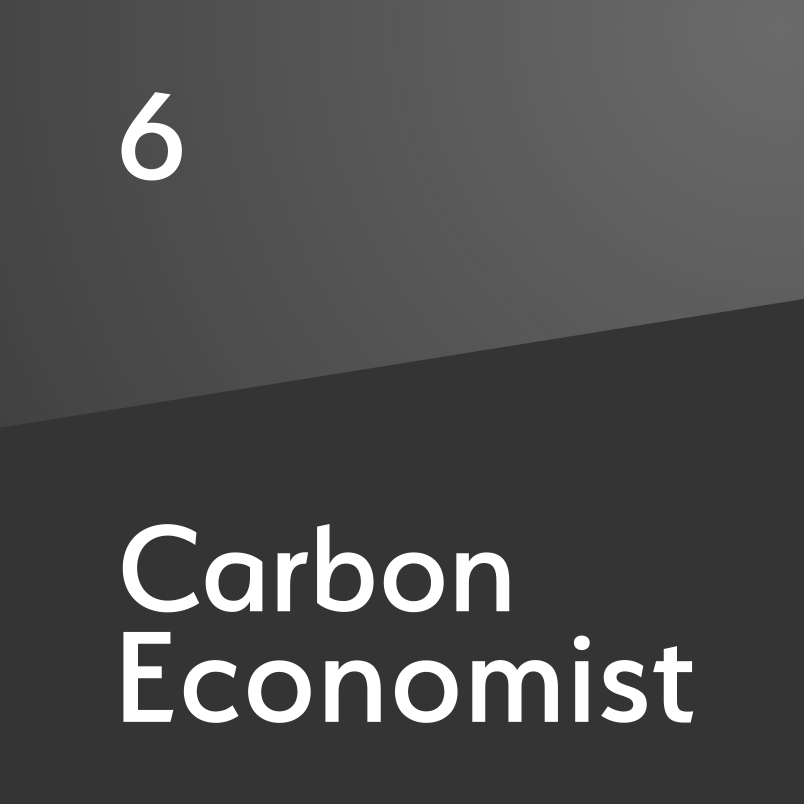Energy markets face bifurcation point as US election looms
Either Donald Trump or Kamala Harris will enter the White House as president in January 2025, and the gulf between their energy and climate policy agendas will have global implications
When Donald Trump was inaugurated as president of the US in January 2017, he quickly set about undoing much of what had been achieved on energy and climate policy during Barack Obama’s two terms in office. In June 2017, Trump announced the US would cease all participation in the 2015 Paris Agreement on climate change—despite the country having been a leader in securing that agreement—beginning a four-year exit process and weakening international resolve to mitigate emissions of greenhouse gases (GHGs). Also in 2017, Trump signed an executive order requiring the Environmental Protection Agency (EPA) to review efforts to reduce emissions from electricity generation in the US under the Clean

Also in this section
30 December 2025
Heightened unpredictability in the global energy market underlines the vital nature of UGS, which provides reliability, affordability and resilience
29 December 2025
The surge in power demand created by the AI boom means energy policy and national security are now one and the same
24 December 2025
As activity in the US Gulf has stagnated at a lower level, the government is taking steps to encourage fresh exploration and bolster field development work
23 December 2025
The new government has brought stability and security to the country, with the door now open to international investment







